167 countries – 1,223 sites
World Heritage is a story of success. The World Heritage List managed by UNESCO currently includes 1,223 sites in 167 countries. Of these, 952 are cultural sites and 231 are natural sites. Another 40 sites are known as mixed heritage sites, representing both cultural and natural heritage. The list reflects the diverse wealth of World Cultural and Natural Heritage that should be protected and preserved in the long term. Austria is represented on the list with 12 World Heritage sites .
World Cultural Heritage
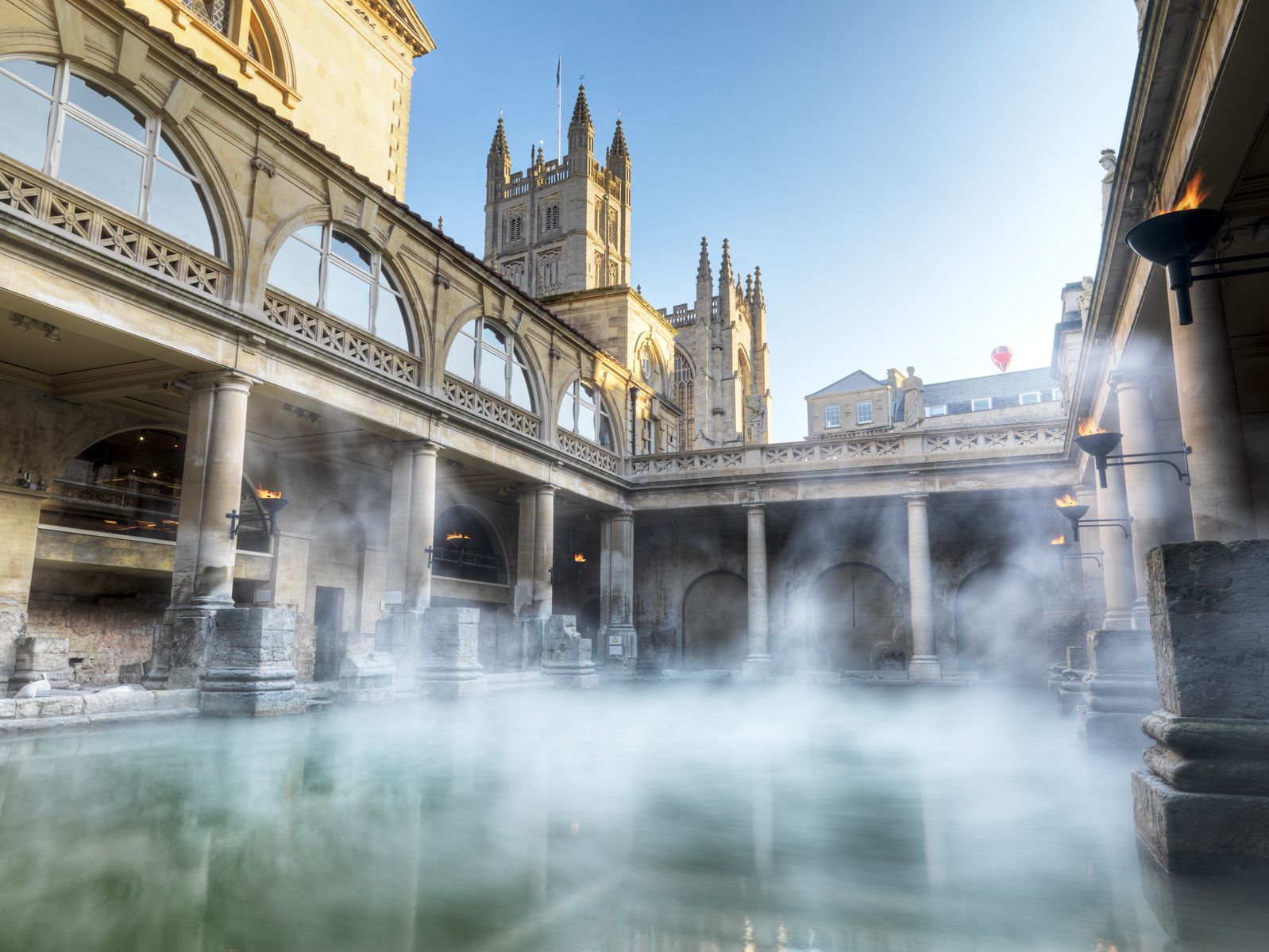
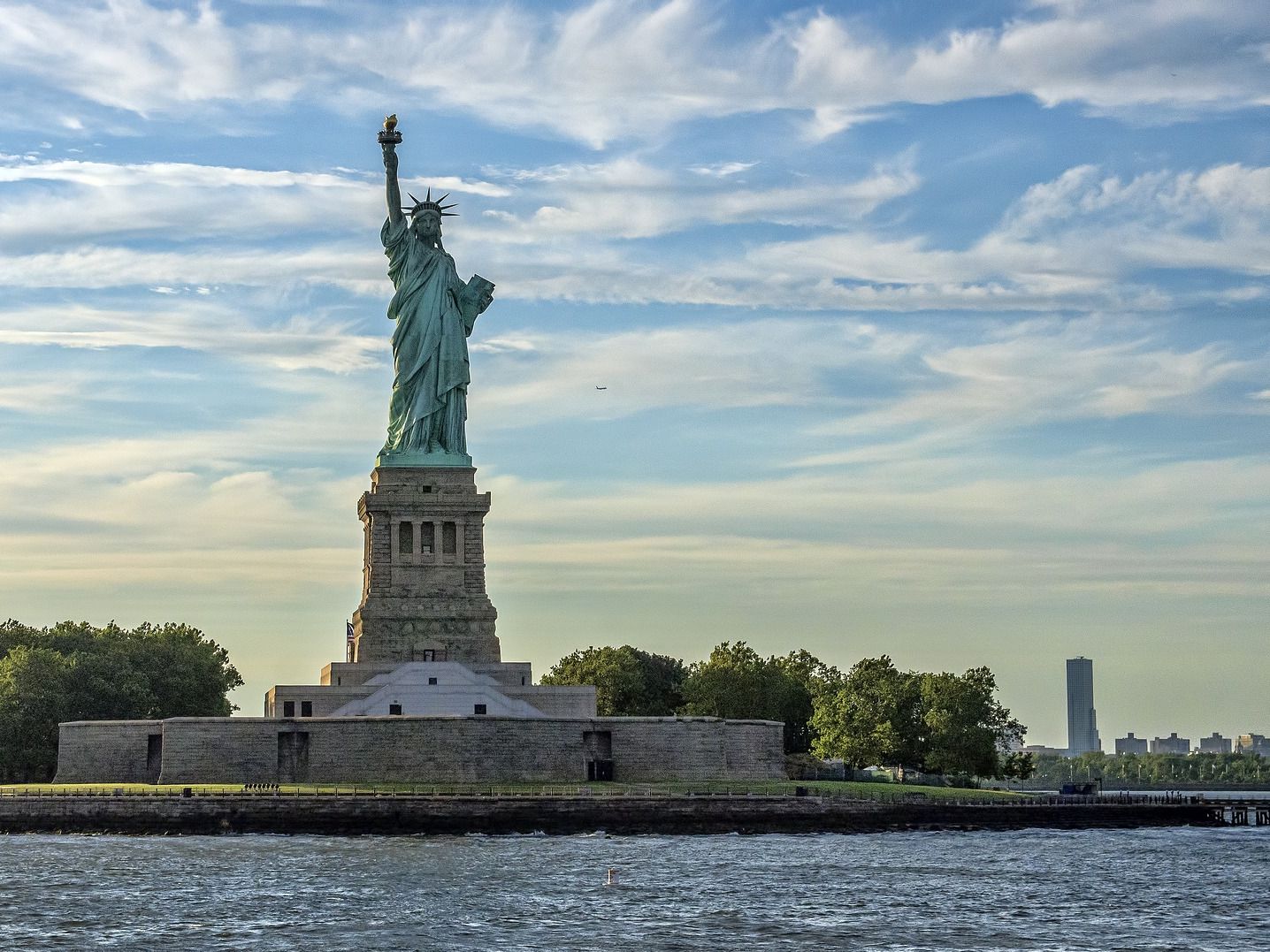
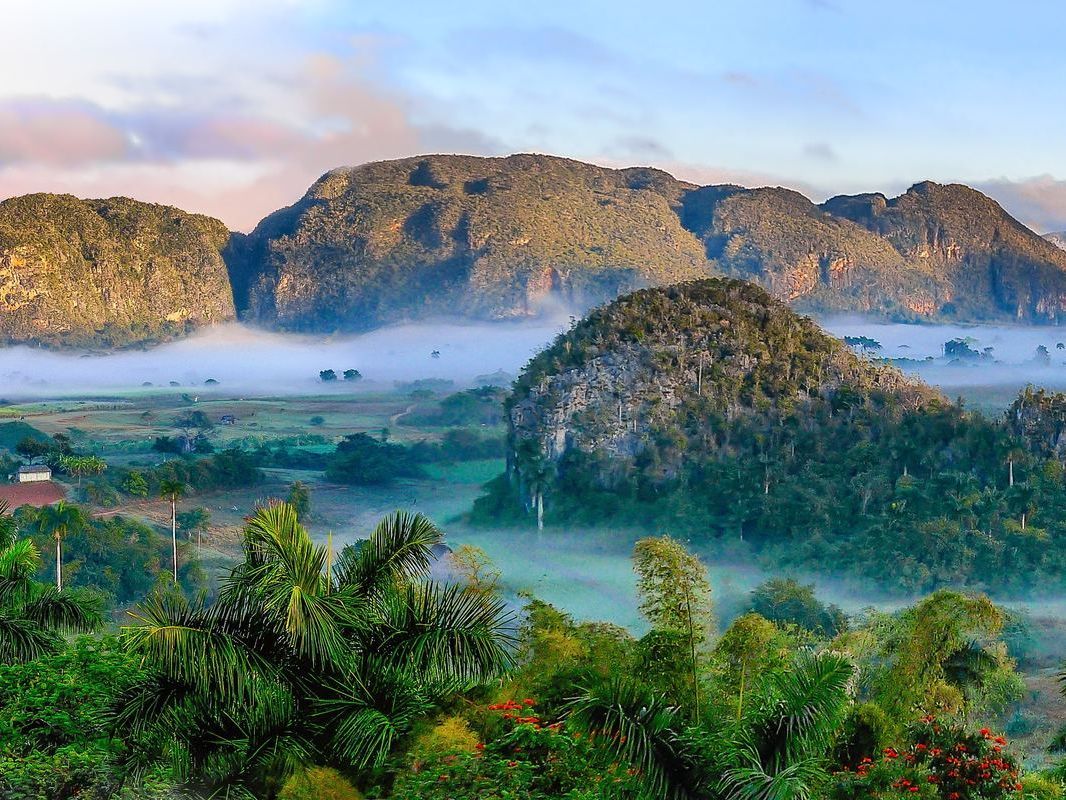
World Cultural Heritage encompasses historic buildings, urban developments and cultural landscapes as well as industrial heritage and artwork such as rock paintings.
World Cultural Heritage sites are unique traces of humanity’s cultural heritage and are therefore extraordinarily varied in their features and forms. As a result, the World Heritage List includes entire city centres (e.g. the City of Bath in the United Kingdom), buildings and building complexes (e.g. the Tugendhat Villa in Bruno, Czech Republic), individual monuments (e.g. the Statue of Liberty in New York), or entire cultural landscapes (e.g. the Cuban Viñales Valley) that have been shaped and formed by human intervention. They bear witness to outstanding artistic and architectural creations, such as the Taj Mahal in Agra or the Romanian Churches of Moldavia, feats of engineering, like the mill network of the Dutch Kinderdijk or the Austrian Semmering Railway, or to lost civilisations like the sites of the Maya, Aztec and Inca people in Central and South America.
Of course, World Heritage sites are not all remnants of glorious ages of human activity and creation. Other sites attest to the horrors and atrocities of human history – slave trading arenas (e.g. the Island of Gorée in Senegal) or the former extermination camp of Auschwitz Birkenau, commemorating the genocide committed by the Nazi regime.
World Natural Heritage
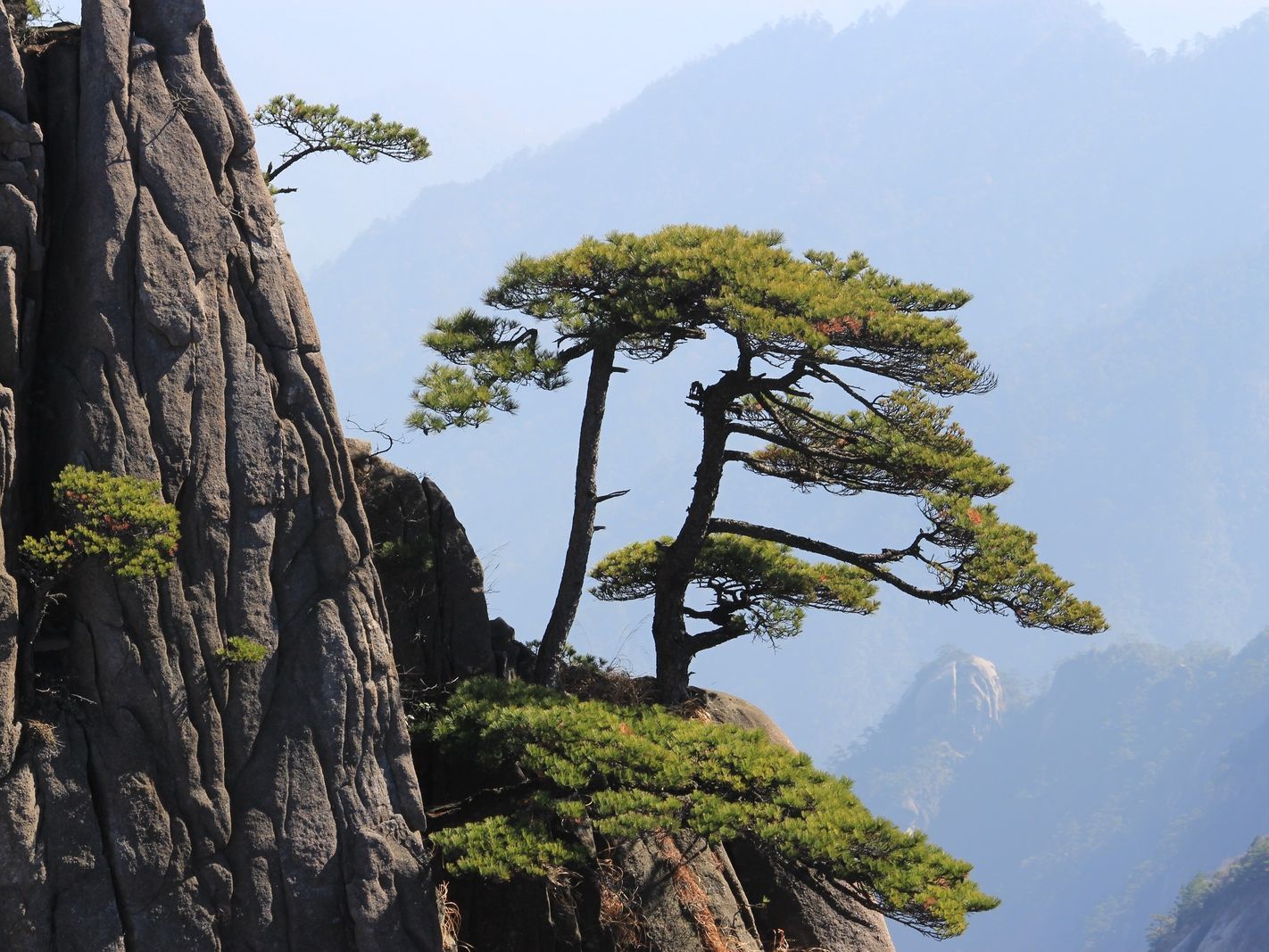
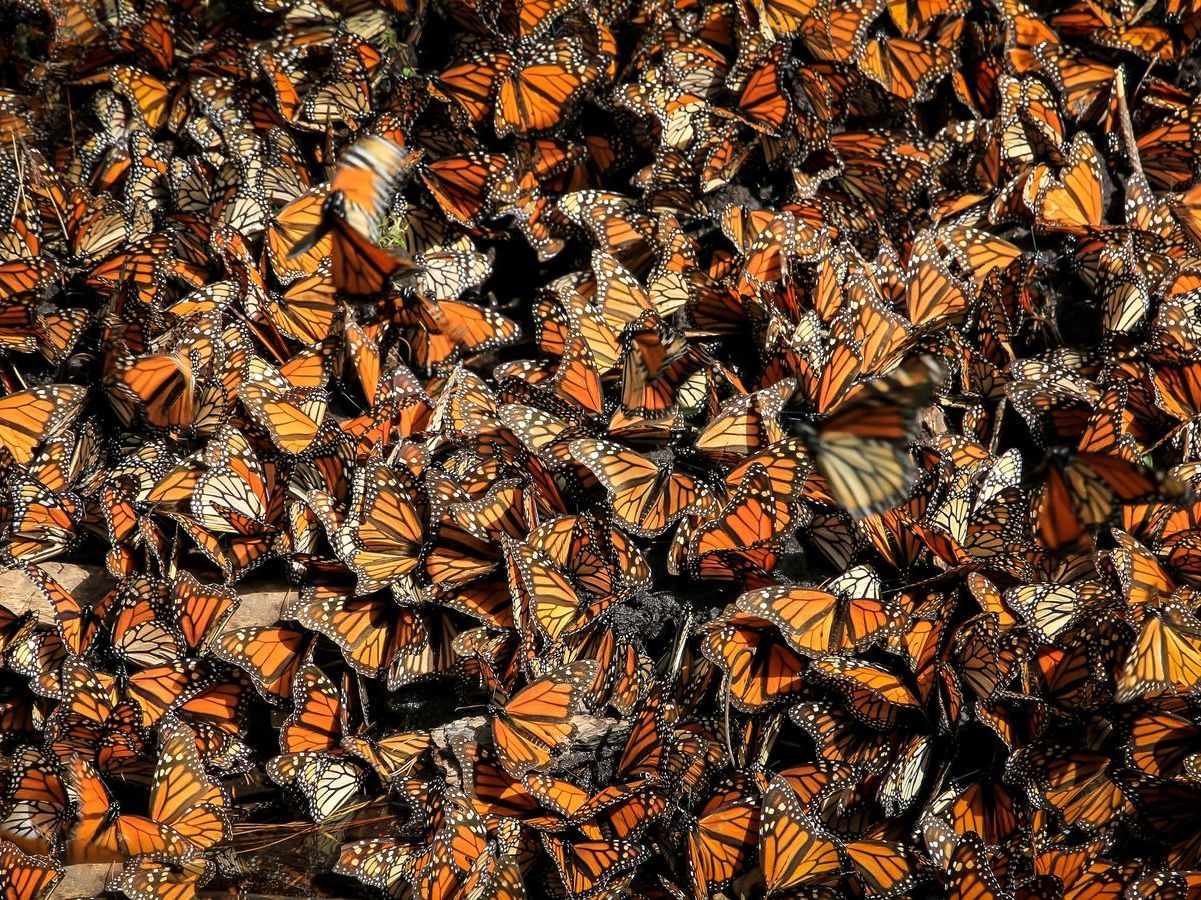
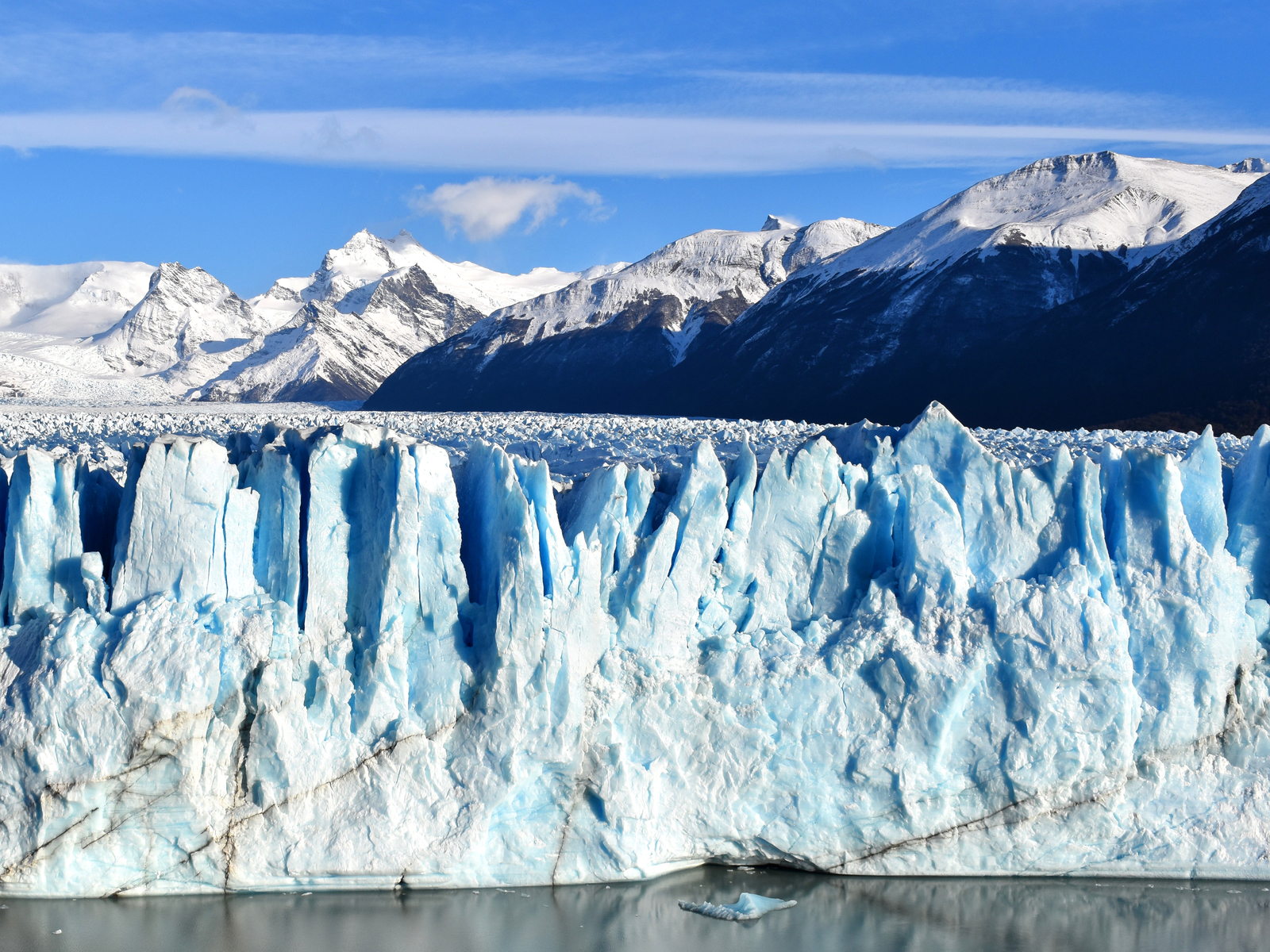
World Natural Heritage currently includes 213 natural phenomena – areas and places that reflect the Earth’s natural richness as well as its biological and geological past and that have outstanding universal value because of their scientific importance or their extraordinary beauty.
As such, World Natural Heritage includes complex ecosystems like the Great Barrier Reef on the coast of Australia, the Everglades in Florida and the Galápagos Islands (Ecuador) as well as nature reserves for endangered animal and plant species, such as the Virunga National Park (DRC) or the giant panda sanctuaries of the Sichuan region of China. Spectacular natural phenomena such as the Iguazú Falls (Argentina and Brazil) or the Monarch Butterfly Biosphere Reserve in Mexico also form part of humanity’s natural heritage, alongside the Namib desert in Namibia, the vast glaciers of the Argentine Los Glaciares National Park or the Huangshang mountain range in China.
On top of these sites, the List of World Natural Heritage also includes outstanding geological and geophysical formations and phenomena such as the Grand Canyon in the USA, the volcanic landscapes of the Aeolian Islands off the coast of Sicily and the Škocjan Caves in Slovenia. We can also see important fossil excavation sites on the list that have offered up critical scientific findings about the history of the Earth, such as the Messel pit in Germany or Canada’s Dinosaur Provincial Park.
Culture and nature: Mixed sites
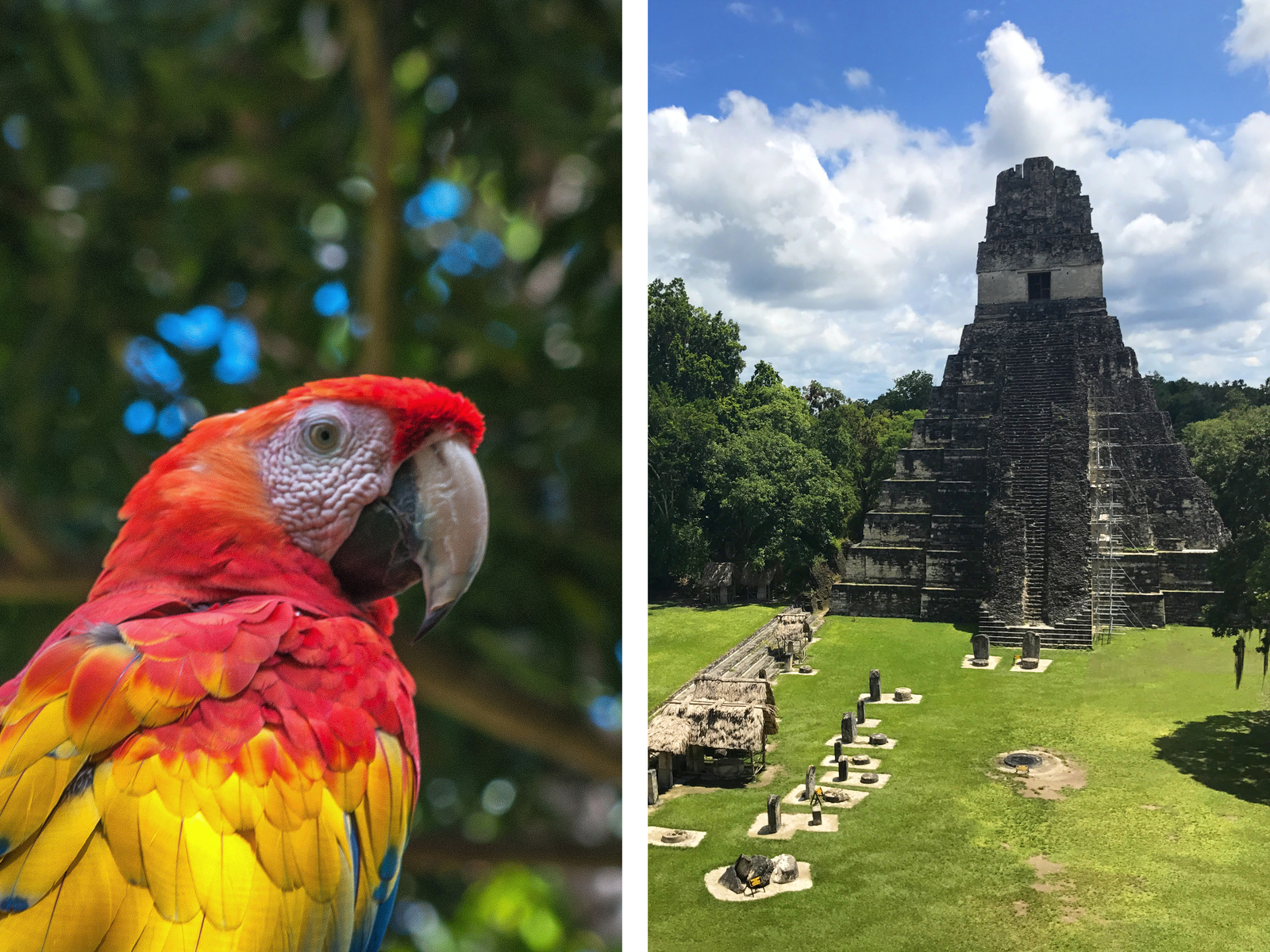
Sites that meet the requirements for both cultural and natural heritage are classified as mixed property on the World Heritage List. Examples of this phenomenon include the Tikal Ruins in Guatemala, which present not only valuable archaeological evidence of the Mayan culture but are also surrounded by rainforests rich in biodiversity. The Tasmanian Wilderness is also listed as a mixed property site, alongside the Inca city of Machu Picchu in the Peruvian Andes. In total, there are currently 39 mixed world heritage sites.



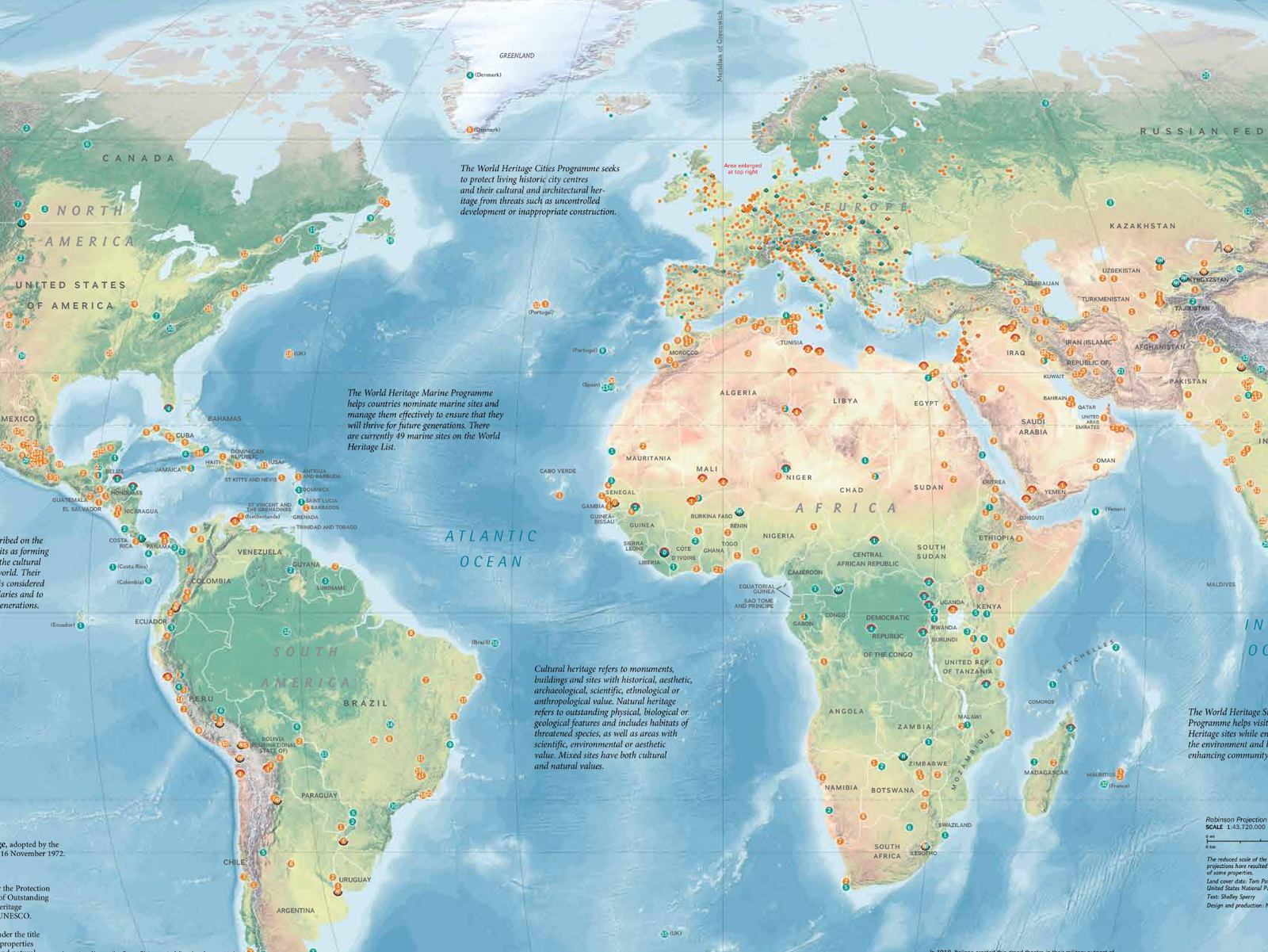
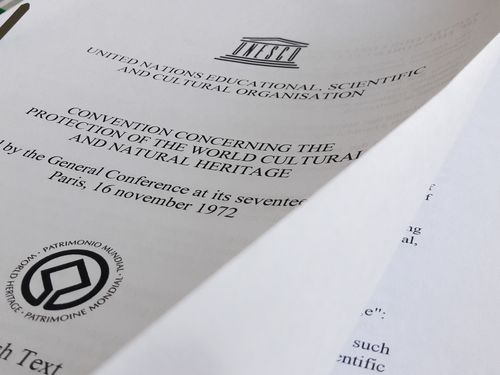
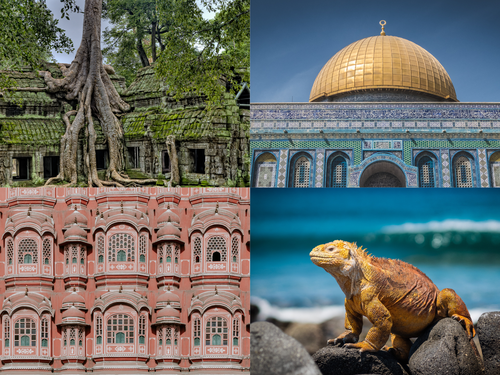
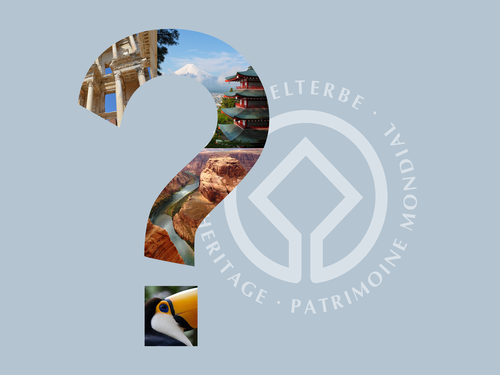
![[Translate to EN:] Welterbe in Österreich](/fileadmin/_processed_/f/c/csm_Welterbe_in_OEsterreich_2_f64603b865.jpg)
